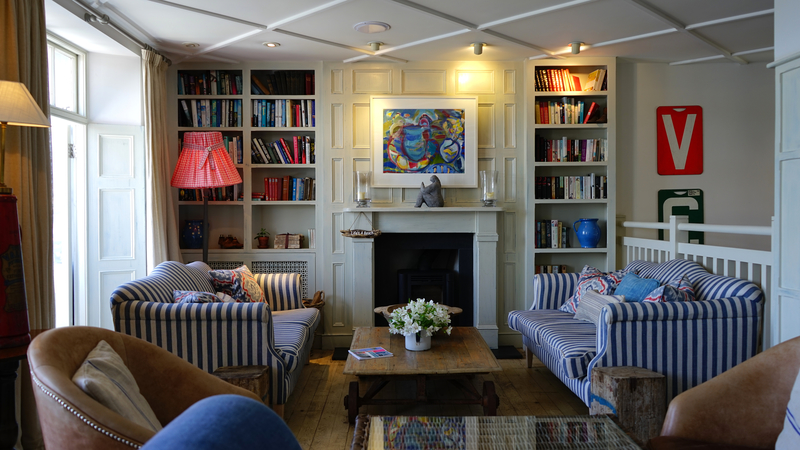How to Instantly Spot a Genuine Kilim Rug
764
0
·
2025/08/17
·
2 mins read
☕
WriterShelf™ is a unique multiple pen name blogging and forum platform. Protect relationships and your privacy. Take your writing in new directions. ** Join WriterShelf**
WriterShelf™ is an open writing platform. The views, information and opinions in this article are those of the author.
Article info
Tags:
Total: 378 words
Like
or Dislike










There’s something special about kilim rugs. They’re not just decorative—they tell stories of faraway places and generations of craftsmanship. If you’ve ever wandered through a market or browsed online and wondered, “Is this a real kilim?” you’re definitely not alone. Let’s break down how to spot a kilim rug, in plain language you can actually use.
What’s a Kilim Anyway?
A kilim is like a piece of art for your floor. Unlike most rugs, kilims are woven flat, so there’s no fuzzy pile—just a smooth surface. They come from places rich in history and culture, including Turkey, Iran, Afghanistan, and several parts of Central Asia.
How to Tell It’s a Kilim (and Not Just Any Rug)
Flat—and Thin: Pick up a kilim, and you’ll notice it’s slim and flexible, not thick and plush.
Two-Sided Pattern: Flip it over! The design and colors should look almost the same on both sides.
Bold Geometric Vibes: Think diamonds, triangles, zigzags, and powerful tribal symbols. Kilim designs tend to be striking and direct.
Colors That Pop: Most kilims boast rich natural dyes, so expect earthy reds, deep blues, and sunny yellows.
Notice the “Slits”: Where the patterns change, there might be tiny gaps—almost like stitches—that show the unique way kilims are woven. This is a classic “slit weave” technique.
How Are Kilims Different from Other Rugs?
Some Real-World Tips
Always ask: Where is it from? Who made it? The story matters as much as the look.
Check the material: Most good kilims use wool, maybe with a little cotton. Silk is rare but possible.
Embrace imperfections: If the edges aren’t perfect or the pattern is a bit quirky, that’s a sign it’s handcrafted—much more special than machine-made.
Look closely at the weave: Those “slits” along color changes are a trademark of authentic kilims.
In the end, spotting a kilim rug isn’t just about ticking boxes—it’s about connecting with a piece that feels alive with history and spirit. Whether your kilim is bold or subtle, old or new, let it be a conversation piece and a lasting treasure in your home.